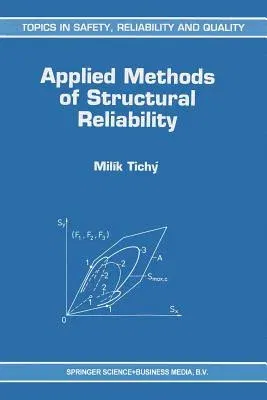Milík Tichý
(Author)Applied Methods of Structural Reliability (Softcover Reprint of the Original 1st 1993)Paperback - Softcover Reprint of the Original 1st 1993, 29 October 2012

Qty
1
Turbo
Ships in 2 - 3 days
In Stock
Free Delivery
Cash on Delivery
15 Days
Free Returns
Secure Checkout
Part of Series
Topics in Safety, Reliability and Quality
Print Length
403 pages
Language
English
Publisher
Springer
Date Published
29 Oct 2012
ISBN-10
9401048614
ISBN-13
9789401048613
Description
Product Details
Author:
Book Edition:
Softcover Reprint of the Original 1st 1993
Book Format:
Paperback
Country of Origin:
NL
Date Published:
29 October 2012
Dimensions:
23.39 x
15.6 x
2.18 cm
ISBN-10:
9401048614
ISBN-13:
9789401048613
Language:
English
Location:
Dordrecht
Pages:
403
Publisher:
Weight:
589.67 gm

